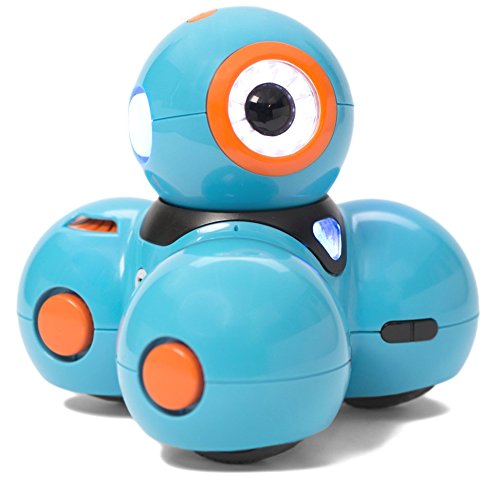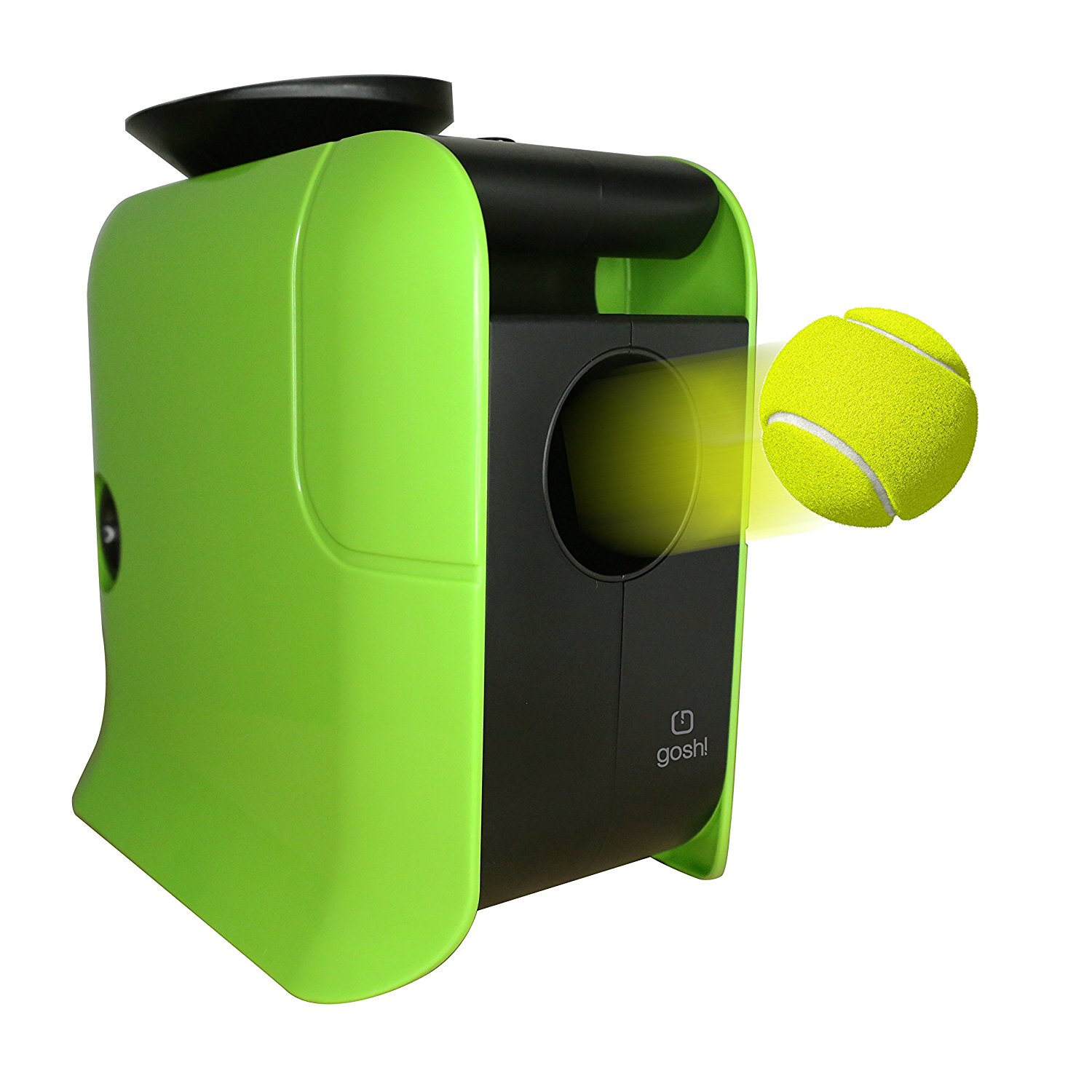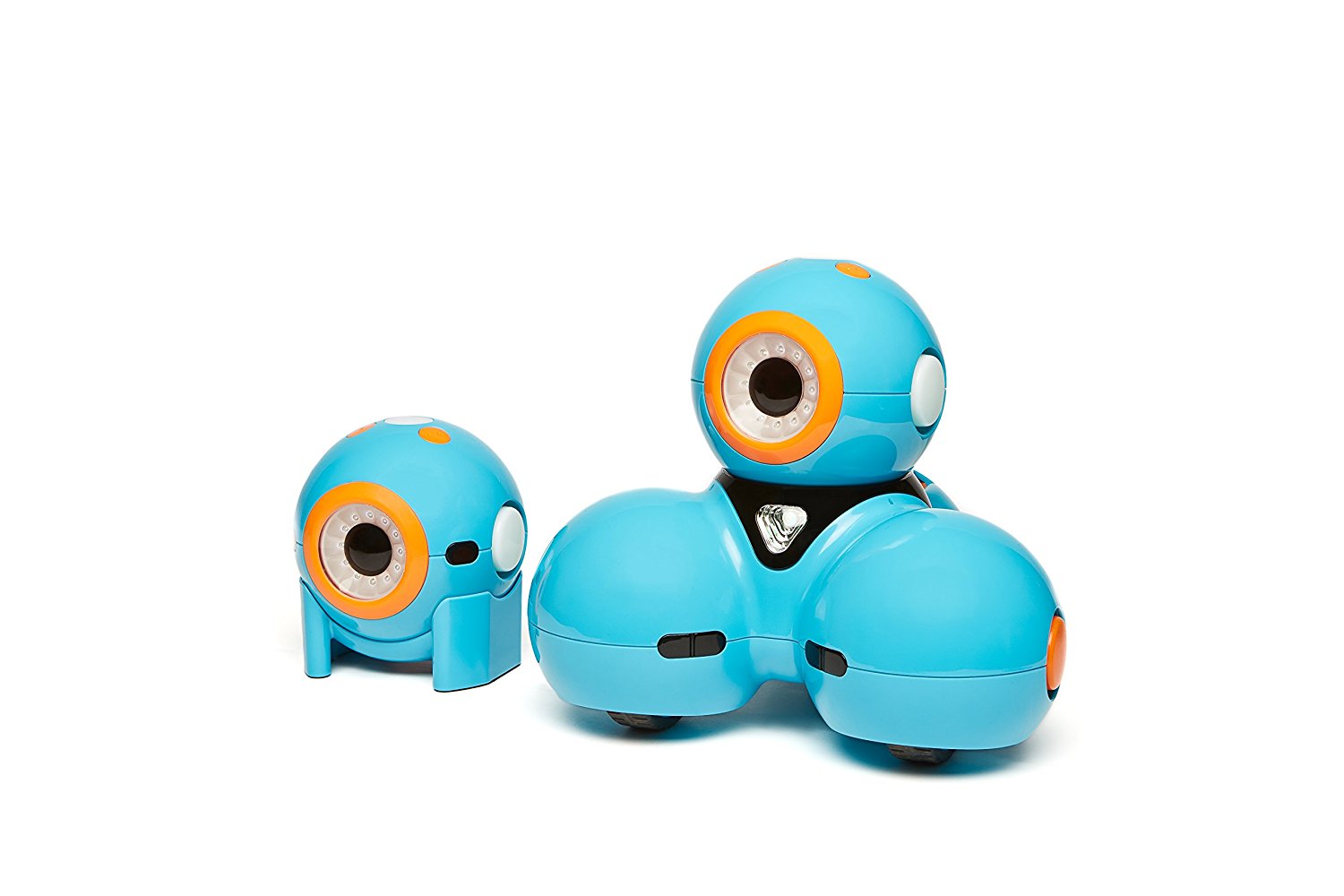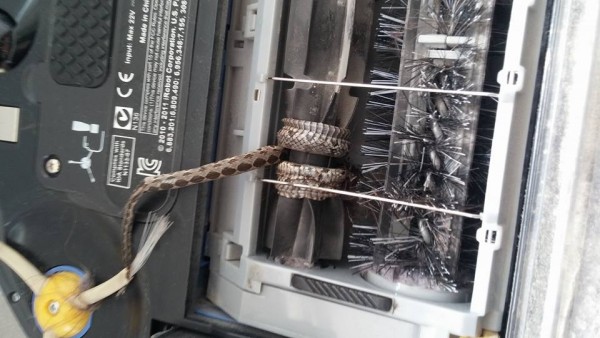If ground robots prove helpful in situations when involving humans would be hazardous for their health, flying drones might come in handy in emergency situations where the time factor has an utmost importance.
Invented by Alec Momont of TU Delft’s Faculty of Industrial Design Engineering, this ambulance drone could be the solution for areas where traffic represents a real problem. Conventional ambulances are often delayed by traffic jams, and in an emergency situation, a few minutes could signify the difference between life and death.
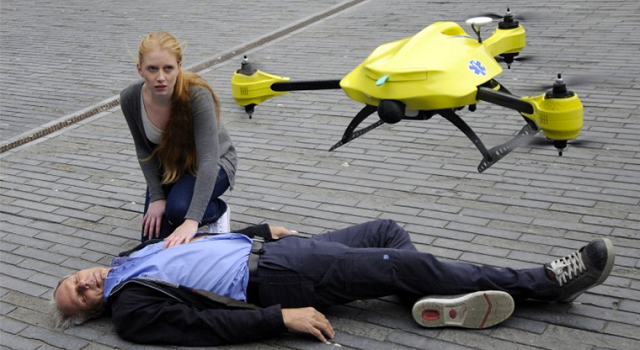
Unlike the General Atomics MQ-1 Predator drone, which is an UFV used by the army, the ambulance drone will have the exactly opposite purpose: not taking lives, but saving them. The way it works is quite simple. When someone calls the emergency services, their smartphone location is saved and an ambulance drone is deployed right away. There are plenty of scenarios when this couldn’t work. In tunnels or elevators, where the mobile signal is not that great, not only finding the location of the caller would be a problem, but also trying to reach the emergency services.
“Some 800,000 people suffer a cardiac arrest in the EU every year, and only 8% survive,” pointed out Momont. “The main reason for this is the relatively long response time of the emergency services (approx. 10 minutes), while brain death and fatalities occur within 4 to 6 minutes. The ambulance drone can get a defibrillator to a patient inside a 12 km zone within one minute. This response speed increases the chance of survival following a cardiac arrest from 8% to 80%.”
Momont says that the ambulance drones are still in the development stage, and an usable version of them should be ready in about 5 years. Mind you, they won’t come cheap, and at $20,000 a piece, I’m not sure many hospitals will be able to buy them.
The ambulance drone could have plenty of downsides. The emergency services would have to make sure that the drone is charged at all times so as not to fail midway to the emergency. Secondly, the drone’s propellers represent a danger on their own (a man killed himself long ago while controlling his drone, remember?), so they would have to be controlled with great precision so that the UFV doesn’t do even more damage.
Be social! Follow Walyou on Facebook and Twitter, and read more related stories about the OppiKoppi drones that delivered beer from the sky in South Africa, or the Electrolux bartender drone that mixes drinks and delivers them in flight.


